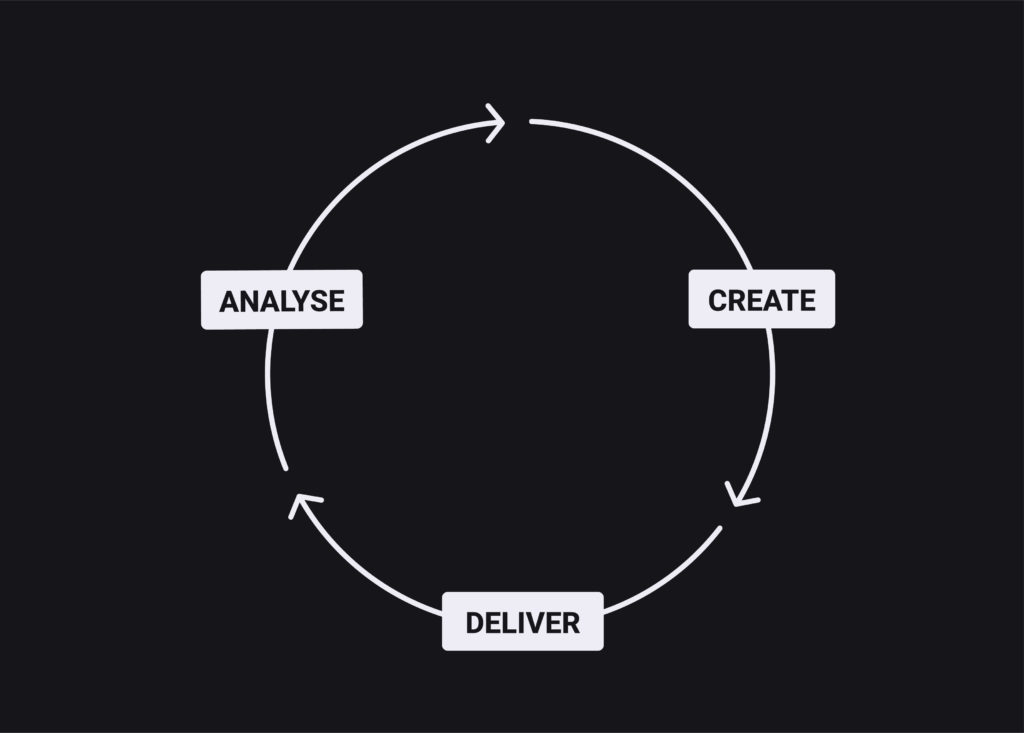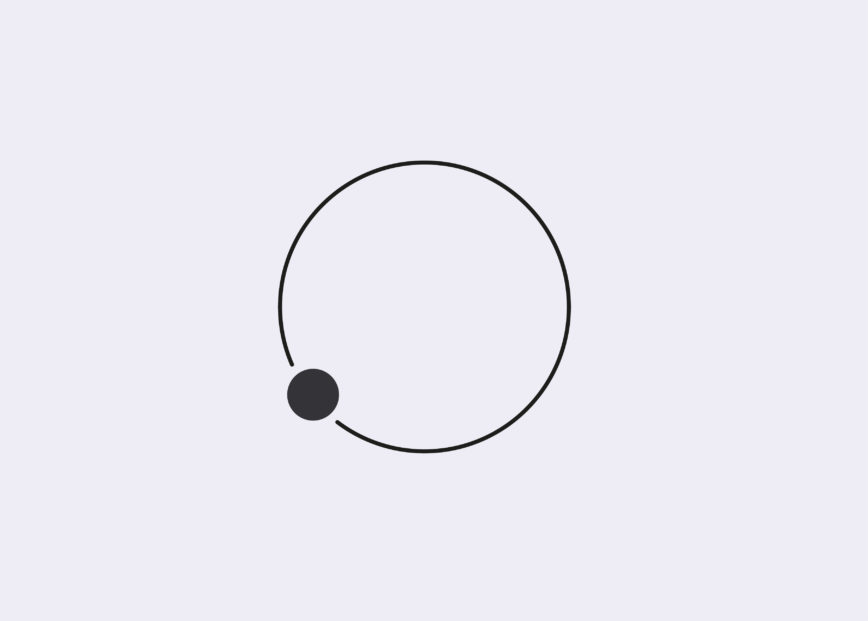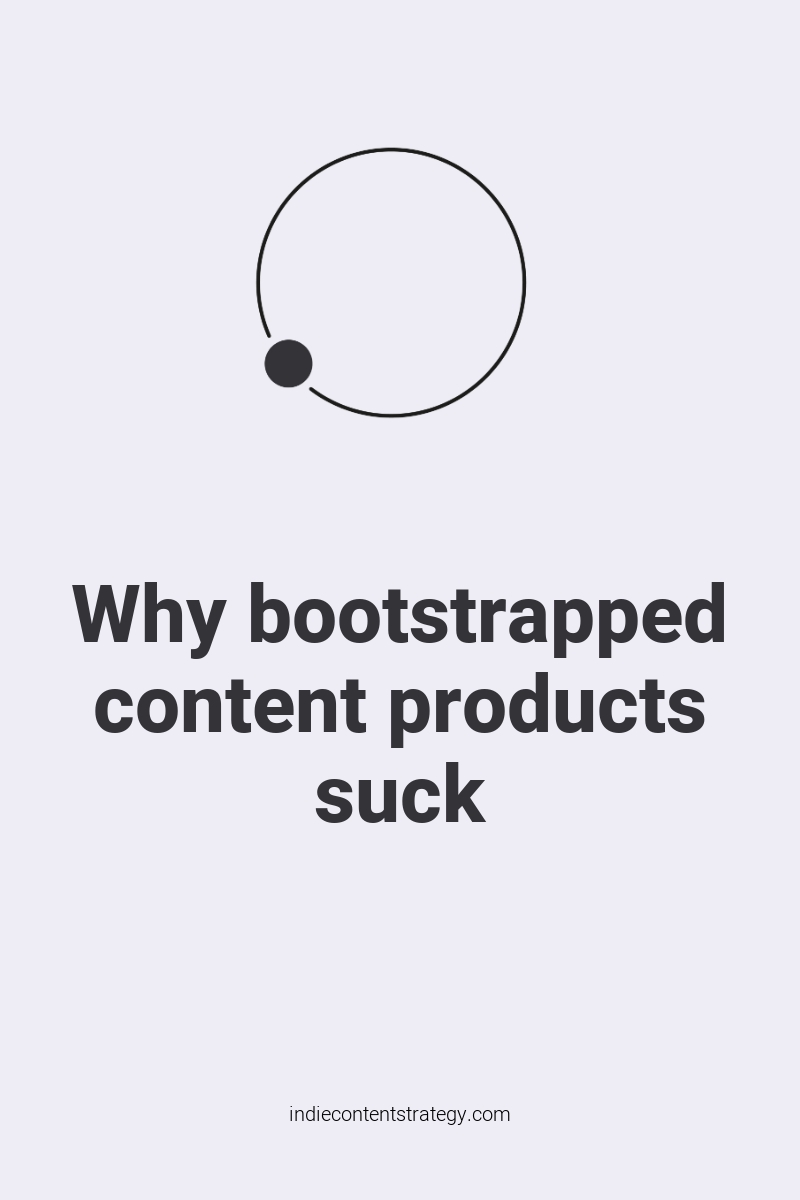A list of tech podcasts.
The ultimate guide to entrepreneurship.
A handpicked selection of top Slack groups.
A resource collection for growth hackers.
You know these kinds of products by fellow indie makers and creators. Many of them suck – but not because they are not well-made or the idea behind them isn’t useful. It’s because most of their content is abandoned after publishing.
Dead links. Wrong information. Outdated resources. So frustrating!
Publishing is not enough
Content has a half-life period. As soon as you publish content, it rots. In most cases, it either becomes outdated, incomplete or simply inaccurate as time goes on. If you are not maintaining your published content, you created the equivalent of a non-disposable plastic bottle.

All content should live in a constant lifecycle of analysis, creation and delivery. It’s as iterative as product development.
Depending on which content professional you ask, this lifecycle has 4-6 or even more steps. (See f.ex. Rahel Bailie’s or Meghan Casey’s models.) Most of these elaborate lifecycle-models think of multiple people working on content, budgets, localization, style guides, etc.
As you are probably a glamorous team of one, let’s keep this simplified:
Analyse – Ask questions, make decisions
- Define what content you need where (platform), for whom (audience) and why (goals)
- Define content structure, format, voice & tone
- Analyse the performance & quality of current content (“Does it support my goals?”, “Is it still accurate?”)
Create – Produce & edit content
- Source information
- Create images, texts, metadata
- Update and enhance content
While iterating on your product’s features or interface (probably the fun part ™ for you) is not really part of the Content Lifecycle, it goes hand in hand with the content creation process. Oftentimes you will simultaneously develop the infrastructure to organize and display content (backend/frontend) while creating or editing it.
Deliver – Manage & publish content
- Put your content into your system (CMS, database,..) – may be partly automated
- Categorize and sort content
- Publish on your platforms (web/app)
- Remix existing content (f.ex. in “best of” lists)
- Spread your content (social media, communities, ads,..)

Content runs through this lifecycle perpetually, until you delete it. How soon you’ll have to repeat the cycle depends on your product, and how quickly the information changes in your topic niche.
Just like in agile development it’s not really important how you call the stages of this lifecycle, it’s just a model. But you should develop a repeatable process from it.
Your process won’t be perfect from the start. Don’t be afraid to experiment with things that don’t scale at first – f.ex. write manual emails to people who submitted content to your site asking for updated information. You can automate later, but start doing something. And then analyse it. It’s really important to not skip analysis in favour of just creating more, new content.
How to make a content product work
What most makers don’t realize is that they actually have to work with content when they create a product that basically is content. Its interface can be beautifully designed and useful, but it doesn’t matter that much because the actual product is the curated content.
Next time you wonder why NomadList is successful while your list product was not, you should not only assume the idea behind them is superior to yours, or it’s because Pieter has a bigger audience. (Which might still be true.) He constantly puts in the work to make his content better. Are you committed enough to do the same?
Content products need constant attention, and they usually grow slowly. These products are all about delayed gratification and internet people are generally not good with that. But if your content is useful and you put in the work continuously, success will come eventually.
Working on content may not sound as exciting as developing a product at first, but it’s not that different. You can definitely use your feature-building expertise to start running an effective content business, though: You could f.ex. build dashboards to monitor and analyse your content, or do some nifty magic to source information from a place that has no official API yet.
If you work with content, you should concentrate on building things that bring you either efficiency or quality for creating, editing or providing content.
Aim for digital sustainability
Over 4 million blog posts are published every day now, but you can guess that this number only keeps growing. The web is already filled with enough outdated information. Don’t add to that.
Before you decide to create a content product, ask yourself if you’re ready for committing to KonMari and enhance it continuously.

Read more
- Content Lifecycle: Closing the loop in content strategy by Rahel Bailie
- The Content Strategy Toolkit by Meghan Casey – Here’s an Excerpt of Chapter 15 (PDF), talking about the Content Lifecycle




thanks for this article. it is super insightful!
back in a day I was working on two content projects that were translated articles from English to Russian of original docs for Django and prestashop. after almost a year people started noticing both of my blogs and recognize me as an expert.
a year later I started to get comments about outdated info they had.
long story short each project lived for one more year before I killed both of them. it was useful for many people because there were numerous of sites using the outdated version of framework CMS, but point here is I was terrified by the idea of keeping material up to date. I didn’t have any system in place to support it. blog came out and of the need to document certain things and help several people/teammates who’s English was poor.
a year of creation, followed by a year of recognition, followed by year of suffering from outdated content.
it is easy to start. amazingly hard to maintain.
thanks again!